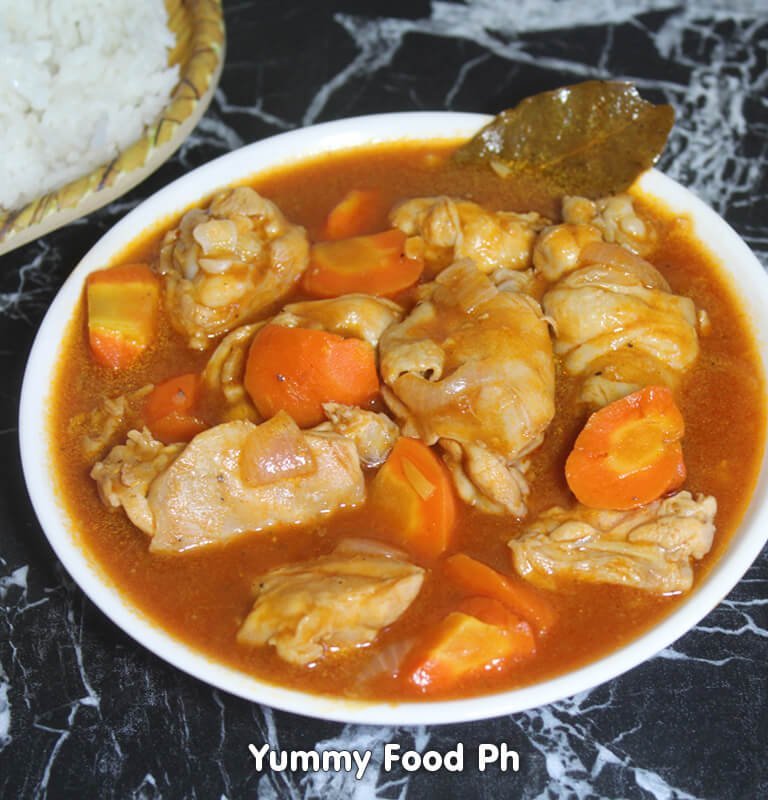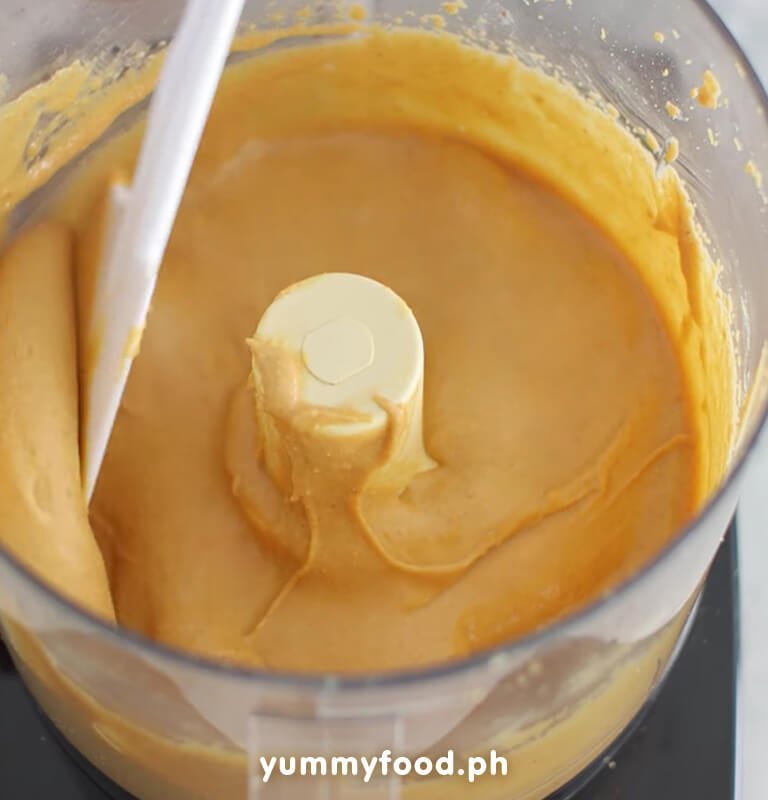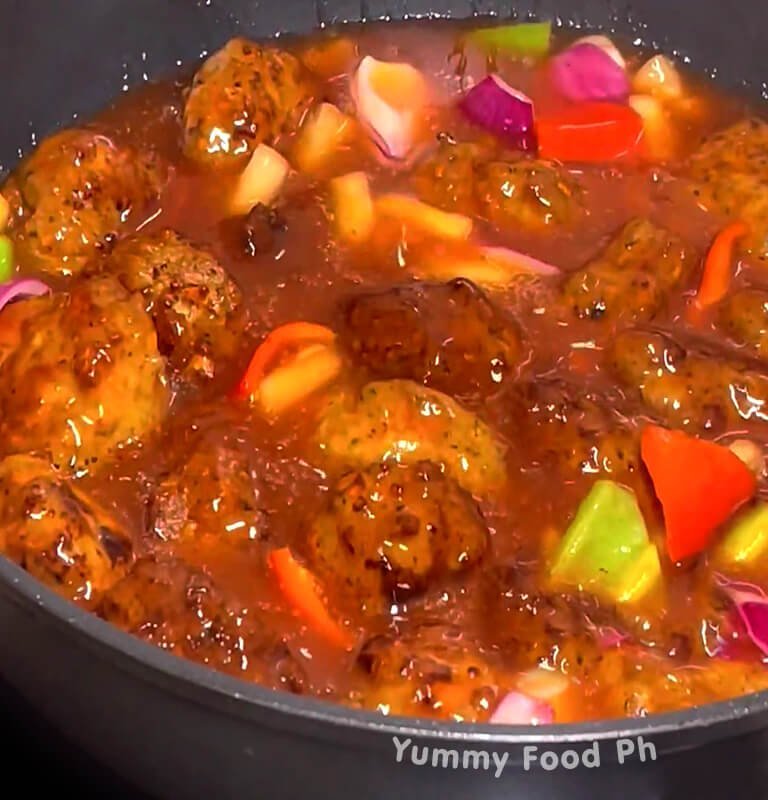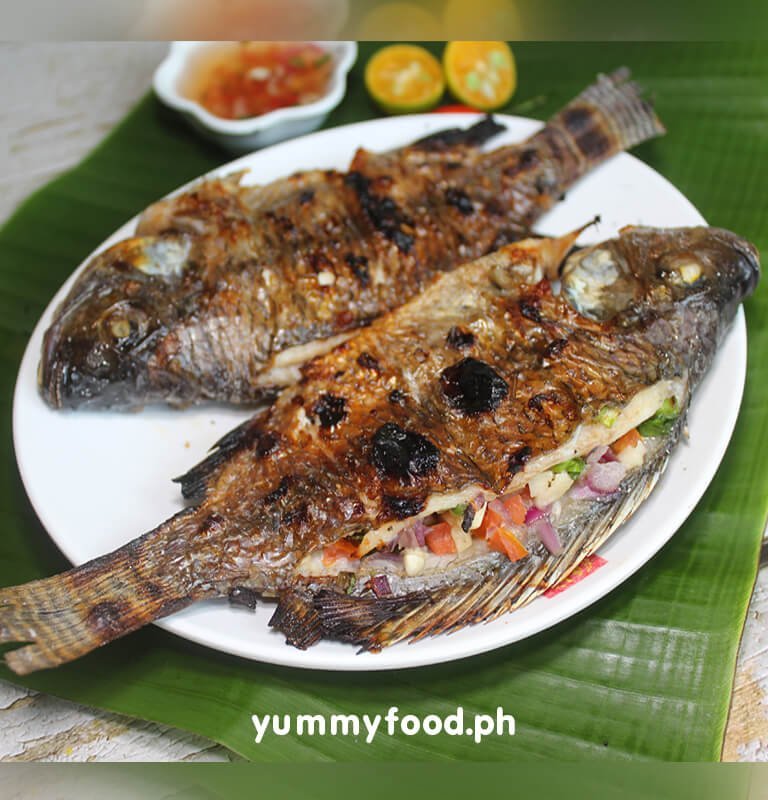Inihaw na tilapia with salted egg or grilled tilapia. This recipe may not be your typical inihaw na tilapia. In this recipe, the fish tilapia is prepared with certain spices for stuffing, along with a salted egg. From the very basic inihaw na tilapia, salted egg is added to the ingredient list to bring out the natural taste of the fish. It tastes creamy, juicy on the meat, and a bit salty, which makes the dish more delectable. The dish is best eaten warm with a bowl of warm rice. The inihaw na tilapia with salted egg can be served plain or with toyo mansi, a calamansi-soy sauce dip that you can spice up with red chili if you go with it. For a smokey taste, grill the tilapia fish using hot charcoal; it tastes better, but it depends on your preferences.
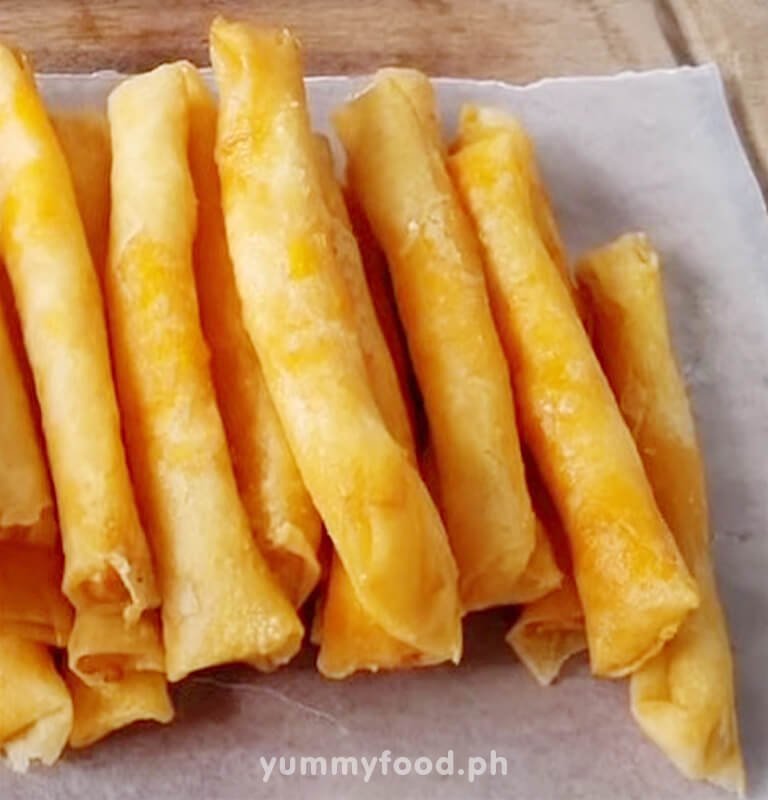 Dairy
Kids
Dairy
Kids


